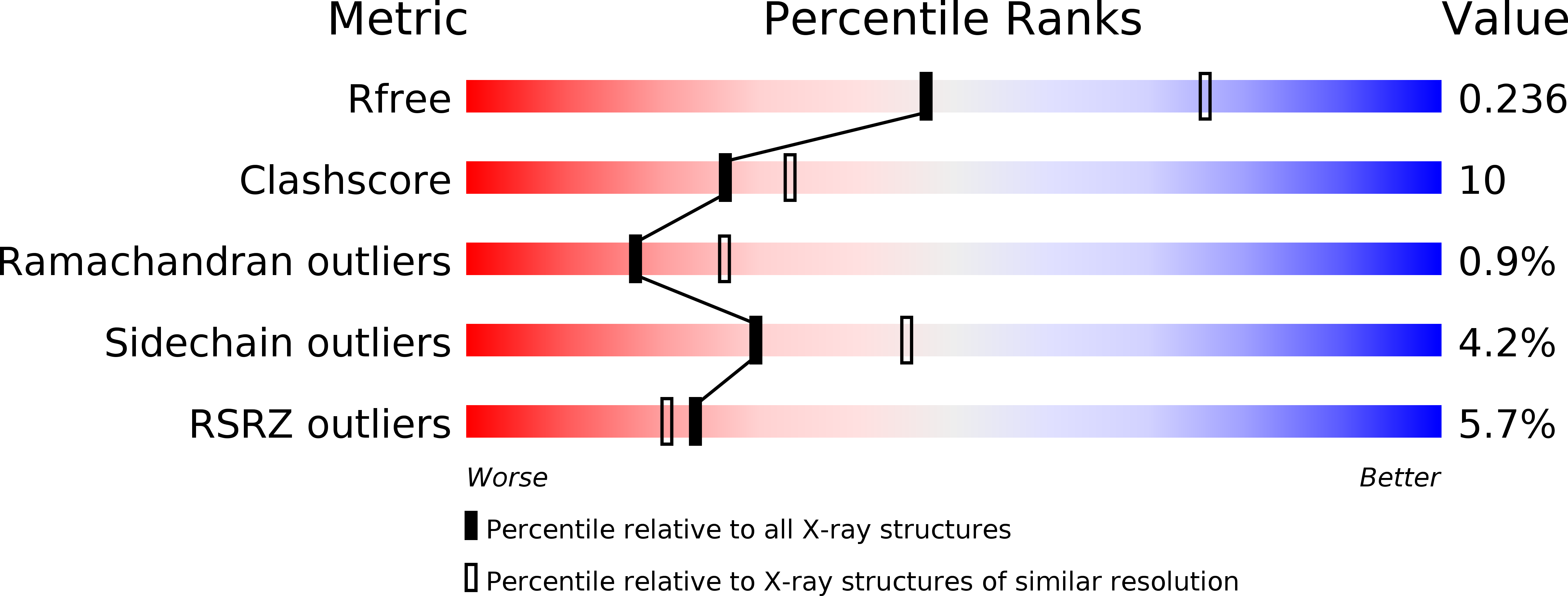
Deposition Date
2015-04-05
Release Date
2016-04-06
Last Version Date
2024-11-06
Method Details:
Experimental Method:
Resolution:
2.65 Å
R-Value Free:
0.23
R-Value Work:
0.20
R-Value Observed:
0.21
Space Group:
P 43 21 2


